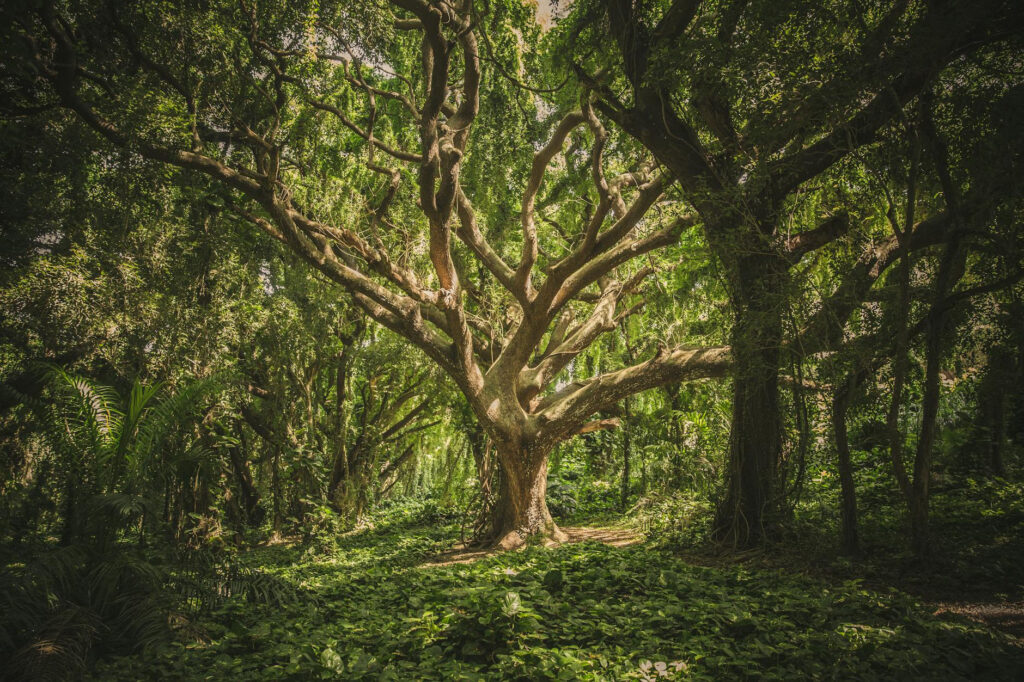
Isaiah uses the allegory of a “vineyard”—which starts off as a national locale but ends up as the entire earth—to show God’s loving care for his people (Isaiah 5:1–7; 27:2–6). God cultivates the vineyard, clears it of stones, plants it with choice vines, builds a watchtower in its midst, and hews a winepress for it. When he expects it to yield grapes, it yields only “wild grapes” (be’usim)—grapes that rot before they ripen. So God says, “I will have its hedge removed and let it be burned; I will have its wall broken through and let it be trampled. I will make it a desolation: it shall neither be pruned nor hoed, but briars and thorns shall overgrow it” (Isaiah 5:5–6).
Because this allegory applies to God’s endtime people as well as to those of Isaiah’s day, the scenario of God’s people apostatizing, followed by a foreign power invading their land, repeats itself at the end. Isaiah’s predictions of Assyria’s invasion of the Promised Land and its conquest of the world illustrate the fulfillment of the allegory—how the wickedness of God’s people precipitates God’s Day of Judgment and how God uses his people’s enemies to punish them (Isaiah 5:26–30; 10:5–14; 13:4–13; 28:14–22). In the end, however, the good fruit a righteous remnant of God’s people brings forth fills the whole earth (Isaiah 4:2; 11:1; 27:6; 37:31–32).












